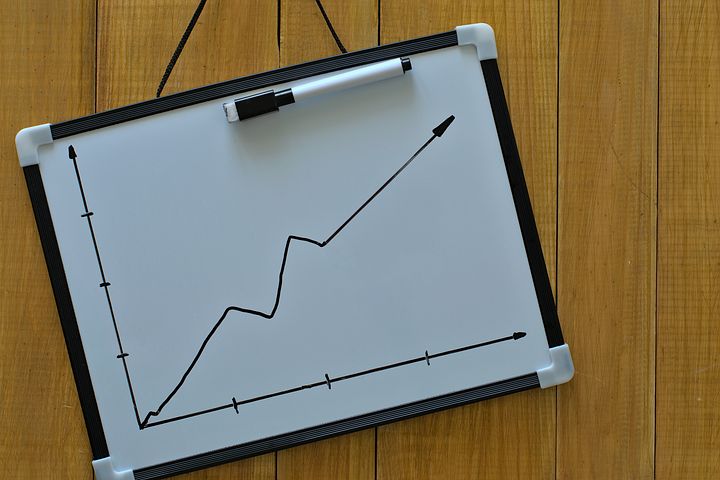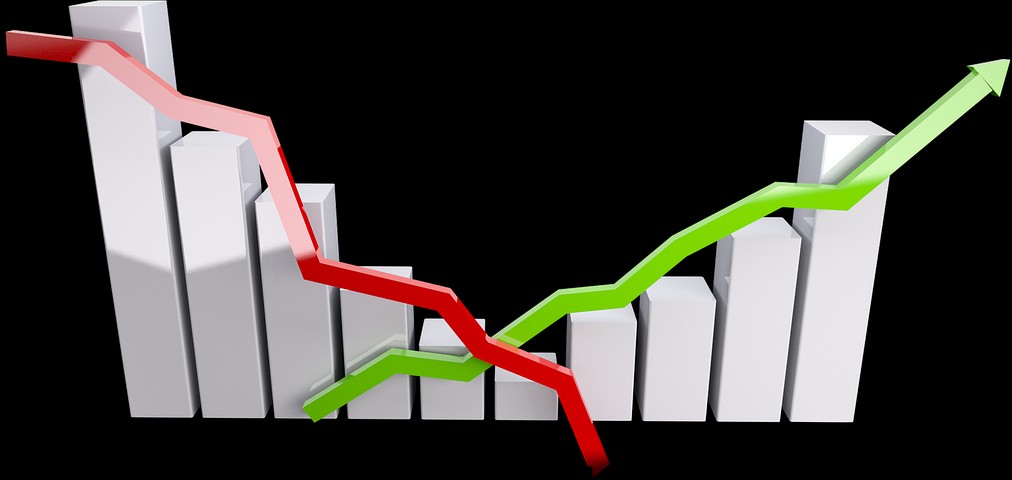Meta Description: The Big Push theory is one of the many complex theories in economics, especially when it comes to dealing with issues that involve economic development.
The Big Push theory is an economic model used mostly in the field of developmental economics. Also seen in the welfare economic field, it focuses more on the company’s decision to expand. It helps them make a better decisions when considering whether to industrialize.
It is a major deciding factor that believes that the decision of a firm to industrialize depends on other firms' expectations. It is also referred to as the “economics of an oligopolistic market.”
It was first introduced by P.N. Rosenstein-Rodan: an Australian economist and a strong believer in the “balance growth theory.” The main point of this theory explains that those factors preventing development are pervasive and very strong, and the development process is not smooth. is also a way of saying that there are many limitations when applying this theory.

The theory also stated that the obstacles affecting economic growth are relative, and are filled with a lot of obstacles and discontinuities. So, with this, any agriculture and economic development that gets its philosophy gradual system of economics are bound to be halted by this Big Push Theory.
Also, in this case, the application of the Big Push Theory has the power to reverse the obstacles hindering the growth of any economy. And it is only then that an uninterrupted process towards better productivity and income will be guaranteed.
Some of the Limitations of the Big Push Theory
As mentioned by E. Gudin, the complications behind this theory have led many experts to believe that it fails to notice the amount of money (or funds) in most underdeveloped countries where resources are extremely limited.

Some investment management books also emphasized how the Big Push Theory ignore the presence of factors like skilled labour, lack of capital, dynamic entrepreneurial ability, income per capita, and power in some third-world countries.
In this case, the theory is not recommended for countries like this. Below, we have noted some other known limitations associated with the Big Push Theory.

1. Risk of Inflation
Since the third world countries cannot make use of the Big Push Theory, they explore investments in other industries that focus more on consumables and capital goods. If this continues, it will likely yield a return in the long run.
This will in turn increase demand faster, while encouraging a slow increase. And by the way, this increase doesn’t always last. The vacuum left by these two factors is always huge, and their continued existence may lead to an increase in general prices and services.
2. Difficulty in Co-ordination
Prof. Hla Myint, in one of the analyses, said that it is always hard for an economic development analyst to coordinate different economic plans using the Big Push theory. It doesn’t matter whether it is in a developed country or not, the challenges of coordination in a big push theory situation go beyond the application of administrative machinery.
Again, the application of this theory comes with its difficulties, especially when planning and executing different Agriculture and economic development plans. Also, this is most visible in underdeveloped countries.
Finally, you have to understand that the Big Push theory is a very complicated economic/financial model. Even with the many challenges of this theory, it has helped quite a lot of businesses (especially multinational corporations) make a lot of life-changing decisions that took them to the next level. But in all its applications, caution and moderation are advised.
